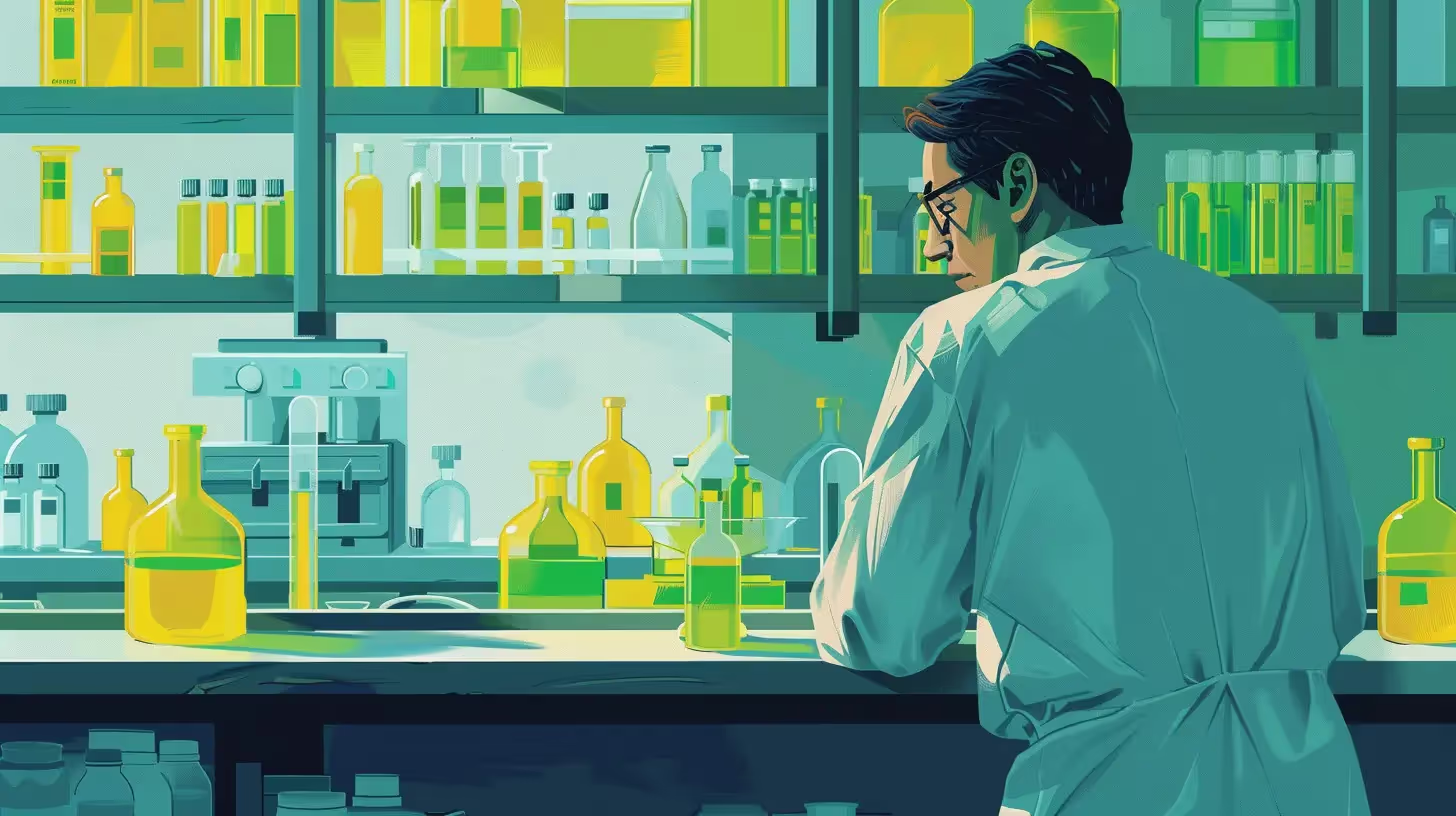What We Do
Location
123 Business Street, Suite 456
New York, NY 10001, USA
Contact us


Researchers at the University of California, San Diego, have introduced a groundbreaking development in energy storage: a cathode material for solid-state lithium-sulfur batteries that not only conducts electricity but can also self-heal. This innovation addresses the long-standing issue of limited conductivity in sulfur cathodes and promises to double the energy density of traditional lithium-ion batteries.
The concept of a battery that not only stores more energy but also repairs itself represents a significant advancement in battery technology. These healable cathodes offer a sustainable and cost-effective solution, enhancing both the electrical conductivity and the longevity of batteries. This leap forward opens up new possibilities for improving battery performance and efficiency.
This breakthrough has wide-reaching implications across environmental, economic, and technological spheres. It paves the way for a faster transition to renewable energy, diminishing the world's dependence on fossil fuels and contributing to a reduction in carbon emissions. For businesses, the advent of more durable and efficient batteries could revolutionize industries, from electric vehicles to energy grid storage.
The development of healable cathodes presents an exciting opportunity for climate investors and entrepreneurs. This cutting-edge technology promises to deliver batteries with higher energy densities, extended lifespans, and reduced costs. Innovators are poised to explore new applications in transportation, renewable energy, and portable electronics, spearheading the movement toward a more sustainable future.
For consumers, healable cathodes signify a leap towards more reliable and sustainable energy storage options. This technology forecasts a future where electric vehicles achieve greater ranges on a single charge, renewable energy is stored more efficiently, and electronic devices last longer. Such advancements promise to reduce waste and enhance sustainability on a personal level.
The introduction of healable cathodes marks a pivotal moment in battery technology, heralding a future filled with more efficient, durable, and sustainable energy solutions. As this technology evolves, it holds the promise of reshaping our approach to energy storage and usage, steering the world towards a more sustainable and energy-efficient future.